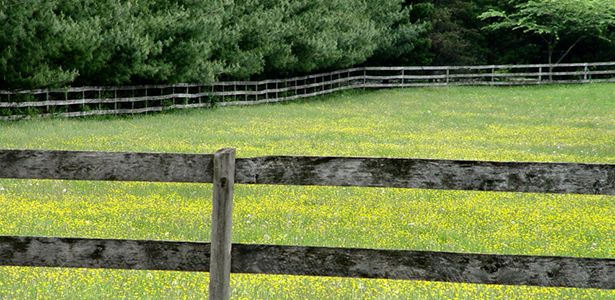
For those of you out there who haven't been following along with the farm bill, here are some basics:
1) It is the primary means by which the federal government regulates agriculture and food production.
2) It is renewed every five years.
3) It is generally controversial, bringing up issues of outsourcing, the environment, and food consumption/safety.
The five year renewal of the omnibus bill just hit the floor of The House, and with it came a sea of controversy. Notably, the bill cuts 16 billion dollars from SNAP Benefits (food stamps). Marion Nestle, author of Food Politics and Columnist for The Atlantic offers an impassioned (and wonderfully sassy) response to the bill, saying it is even worse than the Senate version.
What is difficult to understand in this bill is why SNAP benefits were included in the first place. What do food stamps have to do with farms? It turns out that the support of urban states, who have no interest in Ag Subsidies (another big part of the Farm Bill), was needed in order to pass it, and so as a compromise, Ag subsidies were balanced against food stamp-type benefits.
Whatever your opinion on the politics involved, it is a fascinating look at American food policy. If you eat food grown in the United States (or even imported to the United States for that matter), this bill applies to you.
Thought the Senate's Food Stamp Cuts Were Bad? Check Out the House Version from The Atlantic
I love nothing more than a summer tomato (maybe add some balsamic, basil, and home-made mozz). In my free-time, I cook, read about cooking, farm, read about farming, and eat. Food is a basic necessity, but good food ought to be a fundamental right.
See what other Food52 readers are saying.